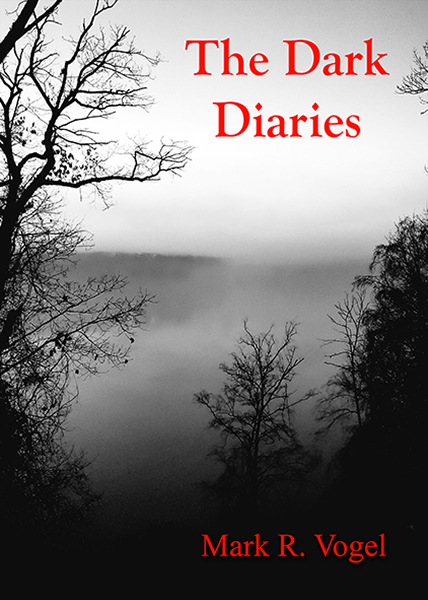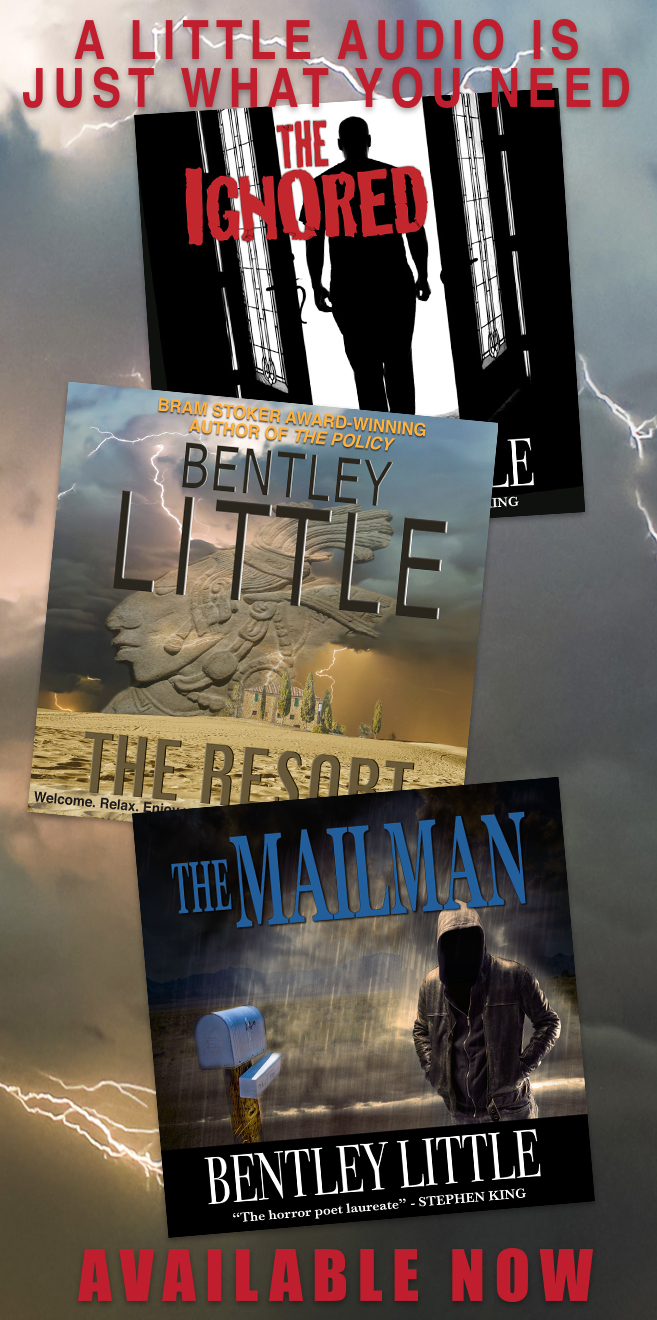Alexandre Aja’s 2006 remake of Wes Craven’s The Hills Have Eyes bears the tagline “The Lucky Ones Die First.” The slogan for Mark Allen’s debut film, Delirium–which also revolves around a group of individuals stranded in the desert–is “The Lucky One Dies First.” See the subtle difference? Correct. While Aja procured the right to recreate Craven’s early work, Allen merely shifted a few letters and, Presto, instant copyright infringement. Unfortunately, this is only a precursor to what lies ahead.
Now, to be fair, the six college kids–arguably the most disagreeable aggregation of characters in recent memory–who find themselves stuck in the desert in lieu of the Sheriff’s apprehension of their taking “the quick route,” are not confronted by a family of malforms. Luckily, when our antagonist arrives, we are ready and willing so as to alleviate some, if not all, of the typecast, insulting caricatures which Allen has provided, including–but not nearly limited to–the lead actress who looks way to old to even think of playing the parent of a college student (of course, the gratuitous nudity is provided by her); an Uberdyke (indubitably the term the director supplied in his script) which–in order to assure there is no equivocation–brandishes combat boots, a wife beater, and cut-off fatigues; a token black guy; and a reclusive, vestal computer science major whom the Sheriff (who, while we’re on the topic, carries a nightstick that is best described as a dowel rod coated in shoe polish) seems to recognize but just can’t put his finger on . . . .
If the characterization doesn’t drive one to excessive hard liquor consumption by the halfway point, there’s the acting which, in itself, is almost enough to put a person off of film for the remainder of one’s life. Allen not only rids us of the burden of distraction from the soundtrack–when a song is introduced it will play in its entirety before giving way to yet another installment of the theme music–but of the dialogue in that all those in frame that aren’t speaking will inertly pause and wait for their upcoming line, all of which didactically state something which could have just as easily been visually presented.
The accidental motif of waiting is reinforced when the Sheriff calls in a license plate number and dispatch retorts that it “will take some time,” “some time” being an entire day. Thus, when he then requests information on an A.P.B. we consider calling in sick to work in anticipation of the next relay from Headquarters. Yet, thankfully, time is relative in Delirium in that it takes two hours for three characters to walk down the road in hopes of finding reception so as to use their cell phones. This is before the time-space continuum is breeched for–after a time-lapse sequence–it is reported that is has now been three hours since the group first broke down (though the cell phone tap dance takes a total of a few reel time seconds).
Then there’s the faux pas of the obviously borrowed car used in the film, evidenced by the lack of a front license plate–Sheriff musta missed that one–and the overly hygienic, brand-spanking-new engine which, like the characters’ shoes, exhibit nary one speck of dust despite being in the middle of the desert! However, the metaphysics of cleanliness does remain consistent throughout in that, after fiddling with a maimed, bludgeoned corpse, two actresses avoid the acquisition of even one solitary spot of blood upon their persons.
If you have somehow not forced everyone ever associated with your support group to commit suicide due to having resorted to speed-dial, there’s always salvation for Allen has the audacity (who’s kidding who?–overt stupidity) to think he could pull off a wry, post-modern allusion along the way as the commentary that the current circumstance smacks of a “straight-to-DVD horror” flick with “six assholes” in the desert becomes sadly ironic in its reflectivity-cum-tautology as the work (has a title ever been so applicable and succinct in the history of film?) nonetheless continues to unintentionally parody itself to the bitter end.
But then there’s the choreography, editing, and sound of the fight scenes, which harks back to the late 1960s Batman episodes . . . .
For God’s sake, someone please take the camera away from Mark Allen, lest he films again and supplement the void with the tuition for an introductory film course and a full semester’s meal plan. While you’re at it, why not toss in a Blockbuster rental card and direct him to something new and wonderful: the video library?
-Egregious Gurnow
- Interview with J.R. Bookwalter - January 22, 2015
- Interview with Andrew J. Rausch - January 22, 2015
- Interview with Rick Popko and Dan West - January 22, 2015
- Interview with Director Stevan Mena (Malevolence) - January 22, 2015
- Interview with Screenwriter Jeffery Reddick (Day of the Dead 2007) - January 22, 2015
- Teleconference interview with Mick Garris (Masters of Horror) - January 22, 2015
- A Day at the Morgue with Corri English (Unrest) - January 22, 2015
- Interview with Writer/Director Nacho Cerda (The Abandoned, Aftermath) - January 22, 2015
- Interview with Actress Thora Birch (Dark Corners, The Hole, American Beauty) - January 22, 2015
- Interview with Actor Jason Behr, Plus Skinwalkers Press Coverage - January 22, 2015


